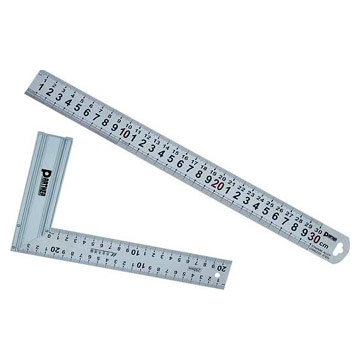Conversation on the way to lunch or on the weekends often contains talk about the weather. It is also helpful when determining what temperature my hotel room needs to be. I've decided that a perfect temperature of 20 degrees is fitting for my hotel room. Everyone in Ohio immediately said 20 degrees? But according to the Celsius scale, that is just about 70 degrees Fahrenheit. Going back to my 8th grade science class, I had to remember the Celsius to Fahrenheit conversion using the simple formula of [°C] = ([°F] − 32) × 5⁄9. When discussing the weather of my home state of Ohio, I had to learn quickly how to convert on the fly and discuss our ranging Fahrenheit temperatures from -5 degrees in the winter to 105 degrees in the summer. This equates in a range of -21 to 41 degrees Celsius. I often misquoted numbers in my early weeks resulting in expressions from my new friends that I could tell the numbers were a bit extreme. You can click here to see a full conversion chart.
Distance and Weight measurements have not come into play much aside from driving to cities outside of Sao Paulo to visit manufacturing facilities. Or while in the airplane watching how many kilometers remained until our destinations. In terms of weight measurements, I've always known that 1 kilogram equals about 2.2 pounds (2.205 to be exact) but distance has been another matter.Also, when discussing the interior size of the high rise residential apartments that are being constructed around Sao Paulo (which Tecno Logys has a big hand in), all units are based in square meters rather than square feet like I am used to. Some places are going for over $10,000 per square meter so in an effort to figure out how big many of these 100 square meter apartments are, I needed to use the conversion. I now know that there are 10.7 square feet per square meter so these 100 square meter units are approximately 1,075 square feet, equivalent to a small ranch style home in the U.S.
 |
| US Dollars, Brazilian Reais, and Argentinan Pesos |
Its not rocket science, but its something that you must consider when you travel or live abroad.



No comments:
Post a Comment